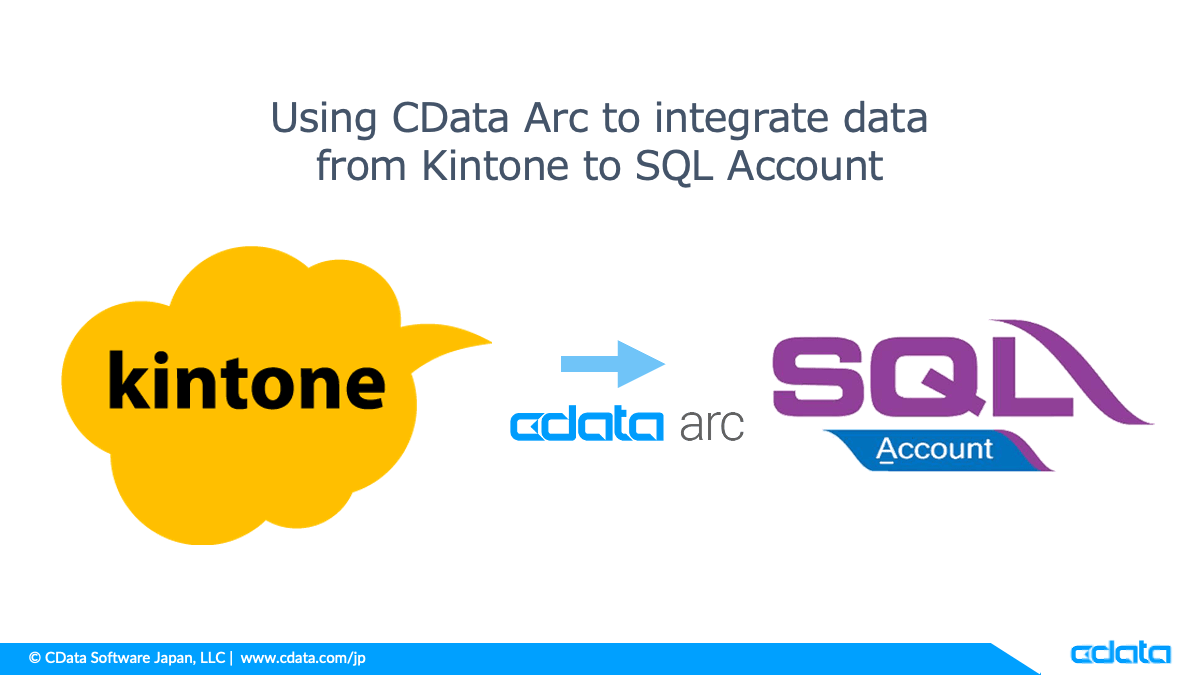Discover how a bimodal integration strategy can address the major data management challenges facing your organization today.
Get the Report →PowerShell Scripting to Replicate SAP Fieldglass Data to MySQL
Write a simple PowerShell script to replicate SAP Fieldglass data to a MySQL database.
The CData Cmdlets for SAP Fieldglass offer live access to SAP Fieldglass data from within PowerShell. Using PowerShell scripts, you can easily automate regular tasks like data replication. This article will walk through using the CData Cmdlets for SAP Fieldglass and the CData Cmdlets for MySQL in PowerShell to replicate SAP Fieldglass data to a MySQL database.
After obtaining the needed connection properties, accessing SAP Fieldglass data in PowerShell and preparing for replication consists of four basic steps.
To authenticate, you will need to specify the Username, Password, APIKey, and EnvironmentURL connection properties.
To obtain an APIKey, log in to the SAP API Business Hub and click on Get API Key.
Collecting SAP Fieldglass Data
-
Install the module:
Install-Module SAPFieldglassCmdlets -
Connect to SAP Fieldglass:
$sapfieldglass = Connect-SAPFieldglass -EnvironmentURL $EnvironmentURL -Username $Username -Password $Password -APIKey $APIKey -
Retrieve the data from a specific resource:
$data = Select-SAPFieldglass -Connection $sapfieldglass -Table "AuditTrails"You can also use the Invoke-SAPFieldglass cmdlet to execute pure SQL-92 statements:
$data = Invoke-SAPFieldglass -Connection $sapfieldglass -Query 'SELECT * FROM AuditTrails WHERE Company = @Company' -Params @{'@Company'='CData'} -
Save a list of the column names from the returned data.
$columns = ($data | Get-Member -MemberType NoteProperty | Select-Object -Property Name).Name
Inserting SAP Fieldglass Data into the MySQL Database
With the data and column names collected, you are ready to replicate the data into a MySQL database.
-
Install the module:
Install-Module MySQLCmdlets -
Connect to MySQL, using the server address and port of the MySQL server, valid user credentials, and a specific database with the table in which the data will be replicated:
$mysql = Connect-MySQL -User $User -Password $Password -Database $Database -Server $Server -Port $Port -
Loop through the SAP Fieldglass data, store the values, and use the Add-MySQL cmdlet to insert the data into the MySQL database, one row at a time. In this example, the table will need to have the same name as the SAP Fieldglass resource (AuditTrails) and to exist in the database.
$data | % { $row = $_ $values = @() $columns | % { $col = $_ $values += $row.$($col) } Add-MySQL -Connection $mysql -Table "AuditTrails" -Columns $columns -Values $values }
You have now replicated your SAP Fieldglass data to a MySQL database. This gives you freedom to work with SAP Fieldglass data in the same way that you work with other MySQL tables, whether that is performing analytics, building reports, or other business functions.
Notes
-
Once you have connected to SAP Fieldglass and MySQL in PowerShell, you can pipe command results to perform the replication in a single line:
Select-SAPFieldglass -Connection $sapfieldglass -Table "AuditTrails" | % { $row = $_ $values = @() $columns | % { $col = $_ $values += $row.$($col) } Add-MySQL -Connection $mysql -Table "AuditTrails" -Columns $columns -Values $values } -
If you wish to replicate the SAP Fieldglass data to another database using another PowerShell module, you will want to exclude the Columns, Connection, and Table columns from the data returned by the Select-SAPFieldglass cmdlet since those columns are used to help pipe data from one CData cmdlet to another:
$columns = ($data | Get-Member -MemberType NoteProperty | Select-Object -Property Name).Name | ? {$_ -NotIn @('Columns','Connection','Table')}






